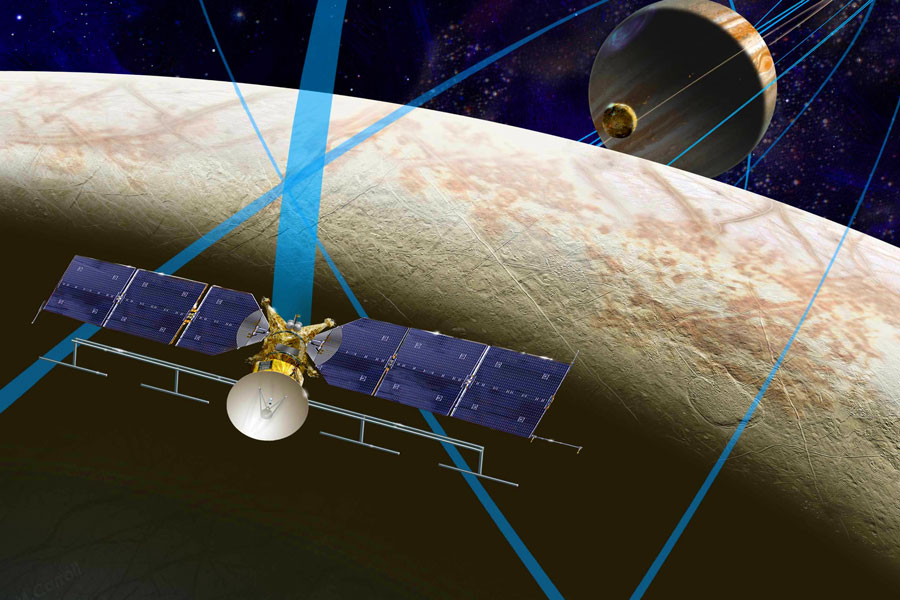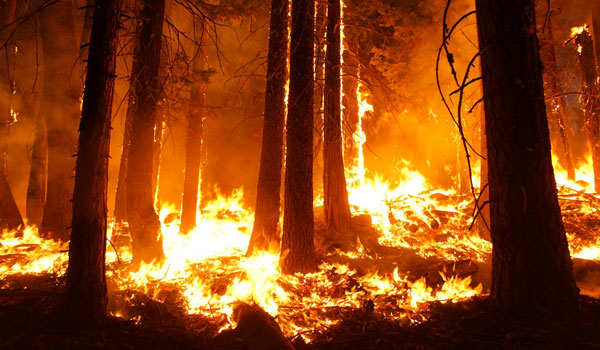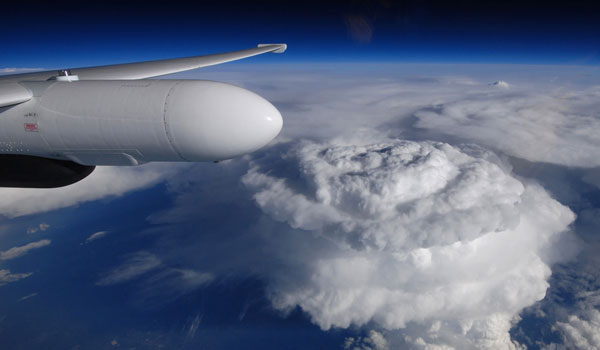






Dr. Robert Green is a science co-investigator on the CRISM imaging spectrometer for Mars, Instrument Scientist for the M3 imaging spectrometer on Chandrayaan-1, MISE imaging spectrometer for Europa and Experiment Scientist for the NASA AVIRIS airborne imaging spectrometer. His research interests include imaging spectroscopy with a focus on advanced instrumentation, model-based spectroscopic inversions, and measurement calibration and validation.

Does mineral dust blown into the atmosphere cause it to warm or cool? This is the fundamental question that researchers hope a new space-based instrument will help them answer. Since much of the Earth’s desert...

The National Academies’ report of the Decadal Survey for Earth Science and Applications from Space (released January 2018 and available at: http://www.nas.edu/esas2017) identified Surface Biology and Geology (SBG)...

In spaceflight, getting two sets of important scientific data for the price of one is always a benefit. The snow and water imaging spectrometer (SWIS) combines the ability to image spectra from the dark surface...

JPL’s Moon Mineralogy Mapper (M3) imaging spectrometer successfully completed its mission aboard the Indian Space Research Organization's Chandrayaan-1 spacecraft. The M3 science team reported the discovery...

After the success of JPL’s AVIRIS-NG hyperspectral imaging system, even further improvements were conceived at JPL with input from a range of stakeholders. The Next Generation Imaging Spectrometer (NGIS) resulted...

What's the best way to measure the chemical composition, densities, and temperatures of the spaces between stars, the temperature and composition of hot young stars themselves, or the compositions of planetary atmospheres? Ultraviolet...